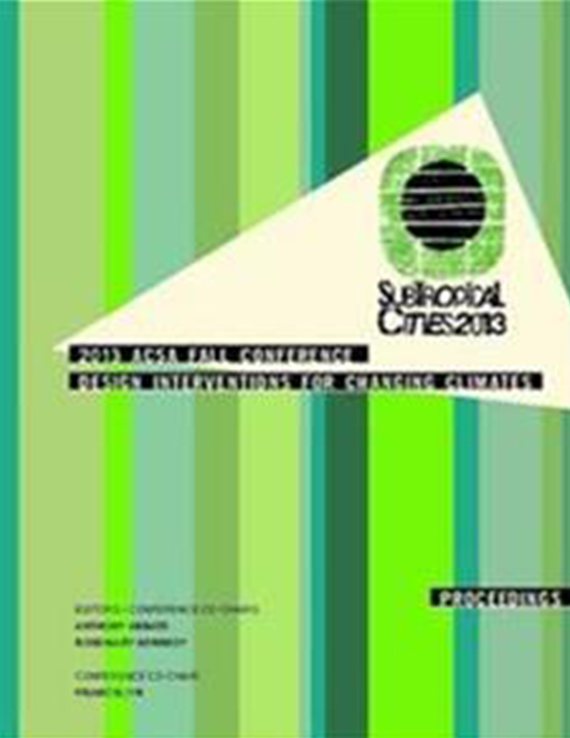Author(s): Carrie Knott, Jori Erdman & Steven Hall
Ranch — ety.: “country house,” from American Spanish rancho “small farm, group of farm huts,” from Spanish rancho, originally, “group of people who eat together,” from ranchear “to lodge or station,” from Old French ranger “install in position,” from rang “row, line” Coastal communities around the world are experiencing an accelerated rate of environmental change that will continue far into the foreseeable future. The effects of this change mean that previously occupiable landscapes will become less hospitable to human inhabitation and that the plant and animal life will change dramatically. One response to these changing conditions would be to retreat. Another response would be to create a more resilient model for human inhabitation. We chose the second response and used the idea of a ranch as an for the coastal condition we explored. Our paper will present the research and results of a design project for a deltaic coastal condition. Our project integrates the disciplines and expertise within architecture, coastal bioengineering, and coastal plant science to develop solutions for structures that can sustain themselves and the coast. Specifically, we have designed a habitable structure that utilizes (1) architectural passive sustainable strategies to remediate climatic conditions for habitation, (2) bioengineered oyster reefs for harvest, coastal protection and land building (3) and coastal plants for coastal protection, land building and to develop a productive ecosystem for the structure. To begin the project research, each discipline asks relevant questions. For architecture, these include 1) how do the ecological systems of coastal XX provide a model for resilient architecture design; 2) how may a habitable structure leverage the dynamic ecological environment to become sustainable over time? For bioengineering, these include 1) what are the growth rates for oysters in a given area; 2) how can a bioengineered oyster reef affect the strength or stability of associated structural elements? For plant science, these include 1) what are the growth rates of specific coastal plants in a given area; 2) how do plants provide land building and retention capacity; and 3) how do they affect strength/stability of habitable structures.The final project reaches back 50 years in time to find applicable study data for the plants and animals, as well as 50 years into the future to predict the how the structure and integrated plant and animal life work together towards resilience and longevity. The design integrates adaptive thinking and design strategies to develop a quasi-permanent core and frame, as well as provisional adaptive technologies that can respond to the various weather events and change over time. The plant and animal life are critical components of the overall design as they provided structural integrity, microclimate thermal conditioning, and nutrition. In turn, the human inhabitants must steward and care for the plant and animal life in order to assure their continued existence. A ranch is generally understood to be a large area of land that is used for agricultural purposes including animal and plant cultivation. As a landscape, ranches are not as controlled as a farm and imply a form of stewardship. The Delta Ranch brings the underlying concept of a ranch to coastal XXX. The Delta Ranch will cultivate dynamic animal and plant habitats through human occupation and structures in a reciprocally beneficial environment.
Volume Editors
Anthony Abbate, Francis Lyn & Rosemary Kennedy
ISBN
978-0-935502-90-9

 Study Architecture
Study Architecture  ProPEL
ProPEL 
